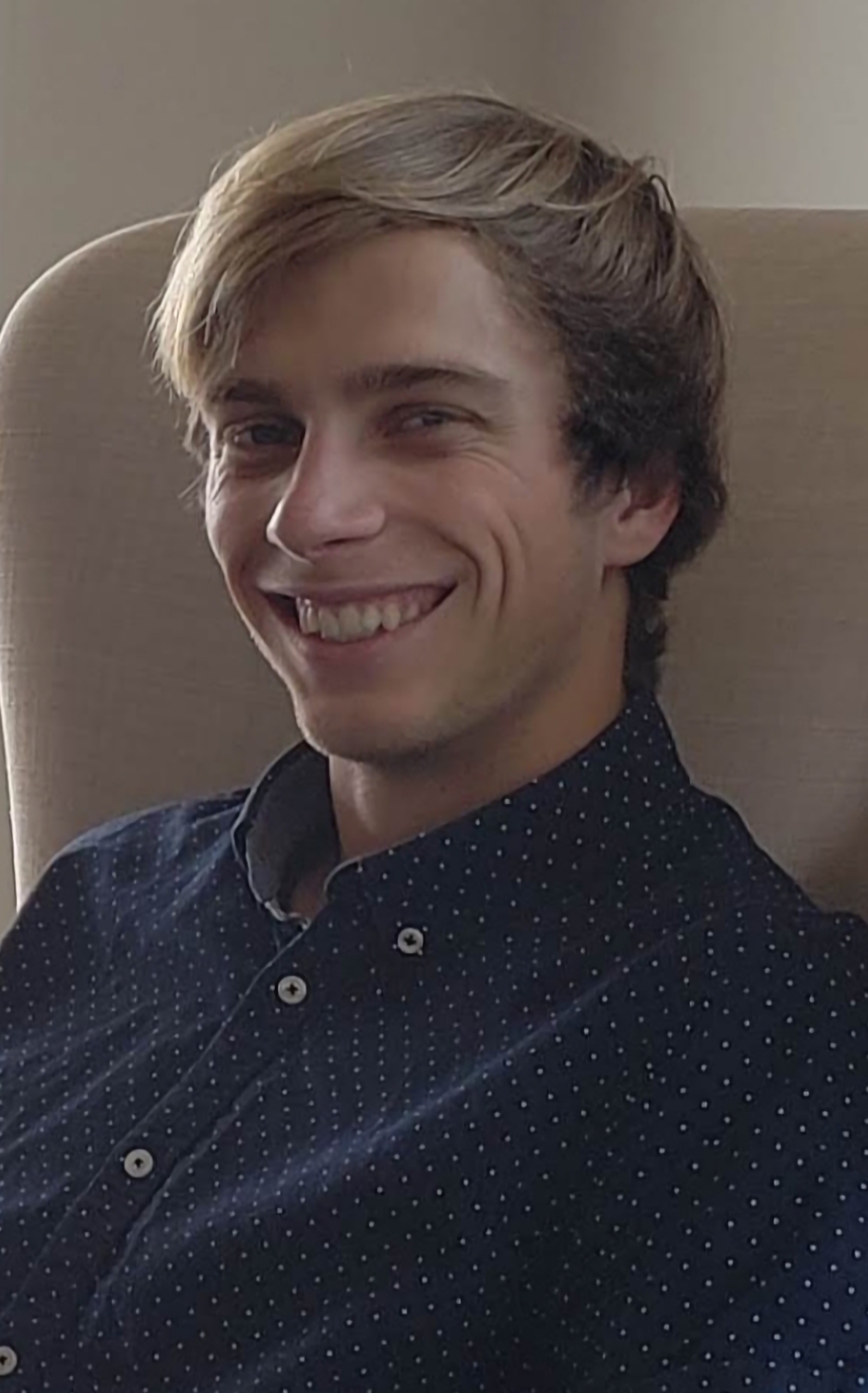Dissertation Defense
Advanced Techniques for Spectral & Temporal Ultrashort Pulse Synthesis in Coherent Pulse Stacking Amplification
This event is free and open to the publicAdd to Google Calendar

PASSCODE: CUOS
Laser-matter interactions can be used for generation of secondary radiation (e.g. high energy electrons, x-rays, gamma rays, terahertz radiation, and proton beams) for numerous applications in medicine, homeland security, defense, material science, and fundamental science, such as proton therapy, terahertz spectroscopy, and eventually linear particle colliders. Majority of these applications require high energy ultrashort pulses at high repetition rates (multi-kHz), which is not achievable with any existing laser sources. Fiber lasers utilizing simultaneous coherent beam combining and coherent pulse stacking amplification offer a path to such high repetition lasers in efficient and compact systems.
This thesis presents a significant step forward in the development of coherent pulse stacking techniques, enabling repeatable, robust high-efficiency stacking in conjunction with coherent beam combining of high energy ultrashort pulse fiber lasers. Coherent pulse stacking is analyzed, and its adaptable nature is shown to enable stacking of different burst shapes, as well as achieve high pre-pulse contrast. Errors on cavity alignment are numerically simulated, and required alignment tolerances are defined. Automated alignment and oscillator stabilization were implemented, which decreased system drift to enable robust and stable high-efficiency stacking. These techniques were then used simultaneously with coherent spatial combining, leading to record high ultrashort pulse energies of 7 mJ per fiber, coherently spatially combined in a four-channel fiber array with a total energy of ~25 mJ, and then stacked into a single femtosecond-duration output pulse with high stacking efficiency. Developed stacking techniques constitute a critical step towards achieving 0.1-1 J pulse energies from coherently combined ultrashort pulse fiber laser systems.
CHAIR: Professor Almantas Galvanauskas
 MENU
MENU 
